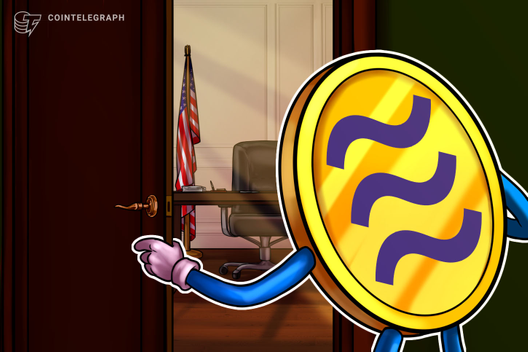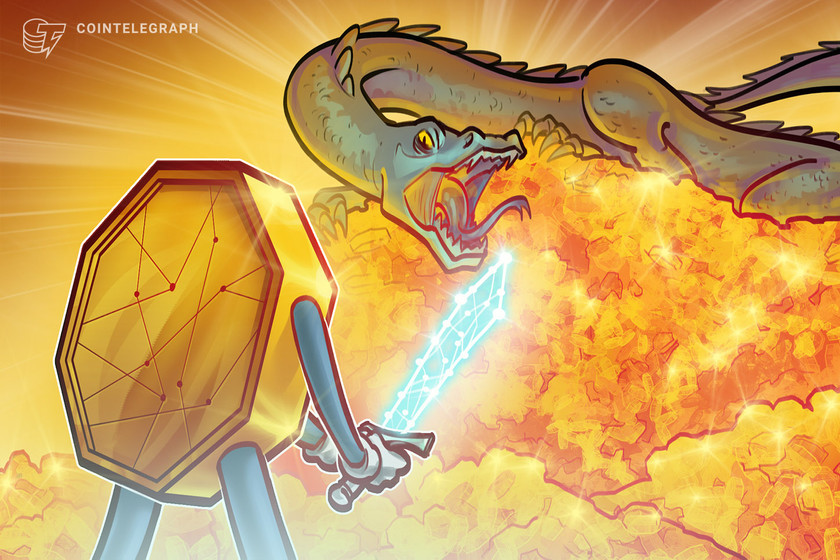PayPal’s PYUSD struggles with early adoption — Nansen
PayPal’s stablecoin debut raised hopes for broader adoption and an introduction of cryptocurrencies to the masses. Early adoption trends paint a different picture.
65 Total views
7 Total shares

PayPal recently released stablecoin PayPal USD (PYUSD) is facing challenges gaining traction, on-chain data reveal. According to findings from blockchain analytics firm Nansen, roughly 90% of PYUSD is currently held in stablecoin issuer Paxos Trust’s wallets.
Holdings on crypto exchange wallets stand at nearly 7% of the total supply, according to the report, with balances on Kraken, Gate.io and Crypto.com. Uptake among so-called “smart money” investors — a term used to describe well-informed or professional investors — is negligible.

PayPal’s stablecoin debut in early August raised high expectations in the crypto industry. At the time, it was believed that the stablecoin would boost broader adoption and introduce cryptocurrencies to the masses for the first time. Although the fintech giant has over 350 million users worldwide, only a few have used its stablecoin or held it in self-custody wallets in its first weeks. According to the report, the figures indicate that:
“On the surface there’s a lack of demand from crypto users for PYUSD when other alternatives exist (might be due to Paypal targeting a different demographic).”
Pools in decentralized exchanges like Uniswap’s PYUSD/wETH and PYUSD/USDC represent less than 50,000 tokens. Further analysis of the top individual holders reveals a moderate level of interest, with the first top holder who isn’t an exchange or contract holding less than $10,000 worth of PYUSD. According to Nansen, the holder bought the stablecoin after selling three memecoins.
Moreover, the data show fewer than ten holders, excluding contracts or exchanges, have a balance exceeding $1,000.
Despite the modest uptake, PYUSD has only been in circulation for less than three weeks. It was launched without any prior announcement that it was in the pipeline.
PayPal’s stablecoin is pegged to the U.S. dollar and is issued by Paxos Trust Co. It’s built on the Ethereum network and fully backed by dollar deposits, short-term Treasurys and similar cash equivalents. Its launch sparked a race among established crypto competitors. Circle, the company behind the USD Coin (USDC), announced this week its expansion to six blockchains, making the stablecoin available on 15 networks in an effort to boost adoption.
Data from CoinMarketCap shows USDC’s market capitalization at around $25 billion at the time of writing, while Tether’s (USDT) holds over $82 billion in market capitalization.
Magazine: How smart people invest in dumb memecoins — 3-point plan for success









